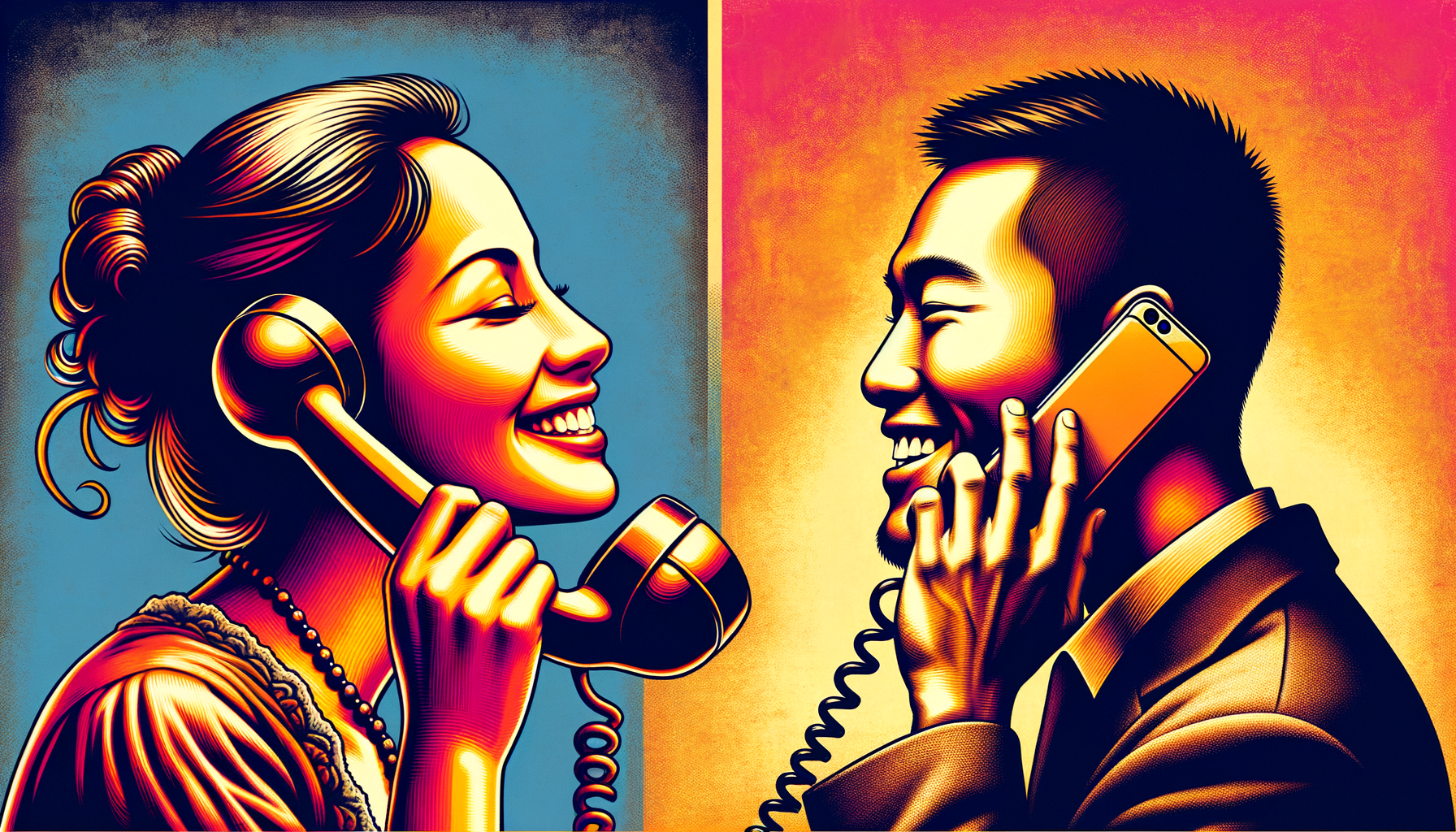
Have you ever felt thrilled by the idea of connecting with people from all around the globe? Sometimes, really, you just sense that spark when you try out a new language—especially one as vibrant and culturally rich as Korean. Even if you’re a total beginner, exploring the nuances of this language can be both exciting and super rewarding.
I still recall my first attempt at a Korean phone conversation. I was oops nervous, but I couldn’t help feeling that sense of adventure. These moments go beyond mere words—they bring us closer to the person on the other line and open up a world of fresh perspectives. While it may feel a little intimidating at first, a few essential expressions and a dash of cultural awareness can make a good difference.
The Warm Basics of Korean Phone Etiquette
Let’s start by thinking about what happens when you pick up the phone. Koreans typically greet each other with 여보세요 (Yeoboseyo) for “Hello,” and then switch to 안녕하세요 (Annyeonghaseyo) if they want to be more polite. This quick shift sets the tone for the entire call and helps you care about the other person’s comfort. Here are a few pointers:
Respect is huge. Add -님 (-nim) to someone’s name (like 김민수님, Kim Minsu-nim) when you address them.
Body language matters, even if unseen. Standing or sitting upright can boost your confidence.
Eventually, you’ll develop a natural flow with practice, so don’t be sorry if you stumble.
Talk with sincerity. Sound genuinely interested when you listen or reply.
A cheerful voice can brighten someone’s day—feel that yay energy!
Essential Phrases You’ll Want to Know
죄송합니다 (Joesonghamnida) or 미안합니다 (Mianhamnida) means “I’m sorry.”
감사합니다 (Gamsahamnida) is “Thank you,” a must-have for good manners.
부탁합니다 (Butakhamnida) is “Please,” which shows you value someone’s help.
Meanwhile, underlined words can indicate extra emphasis:
“Wow, we should try chatting more often!”
“I really appreciate active listening.”
“Could you make time to talk about that detail tomorrow?”
Use tonal variations if you want someone to sense your genuine interest, as when you exclaim “진짜요? (Jinjjayo?)” or “정말이에요? (Jeongmarieyo?)” to convey surprise and curiosity. It adds a dash of unexpected warmth, transforming a standard call into a memorable interaction.
Wrapping Up with a Friendly Touch
When saying goodbye, Koreans often use 안녕히 계세요 (Annyeonghi gyeseyo) if the other person stays, or 안녕히 가세요 (Annyeonghi gaseyo) if they’re leaving. This kind finish shows you’re paying attention to who’s on the move. If you want to be more casual and playful with someone you know well, you might simply say “안녕 (Annyeong).” It’s a lovely way to end on a friendly note.
In honestly learning to share a bit of the Korean language, you’ll discover more than new words—you’ll find a key to a culturally rich, deeply meaningful communication style. Give these expressions a try, and you may find you’re already on the right track to building strong connections that transcend borders. Keep an open mind, be ready to chat, and place your genuine self out there. It might feel a bit scary, but time will show you just how fulfilling these conversations can be!